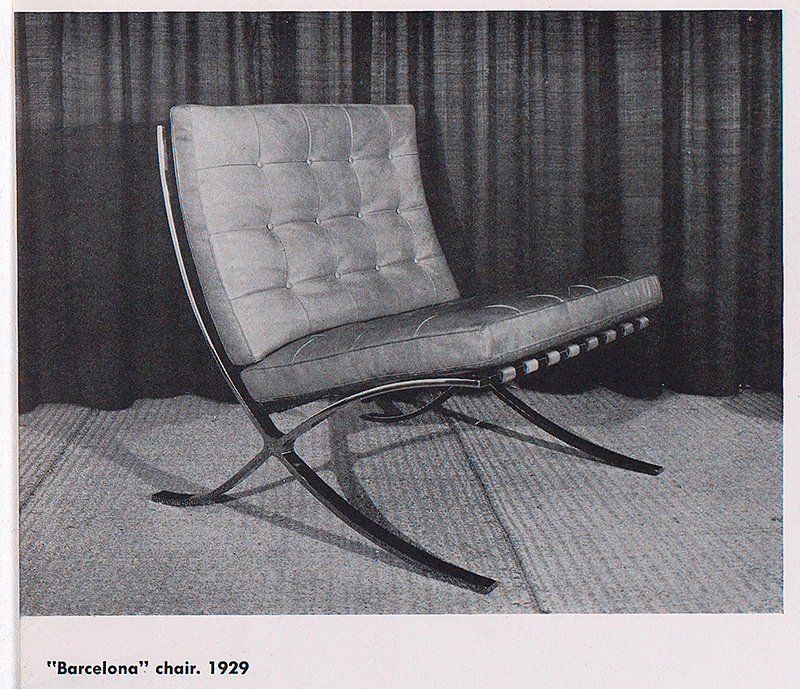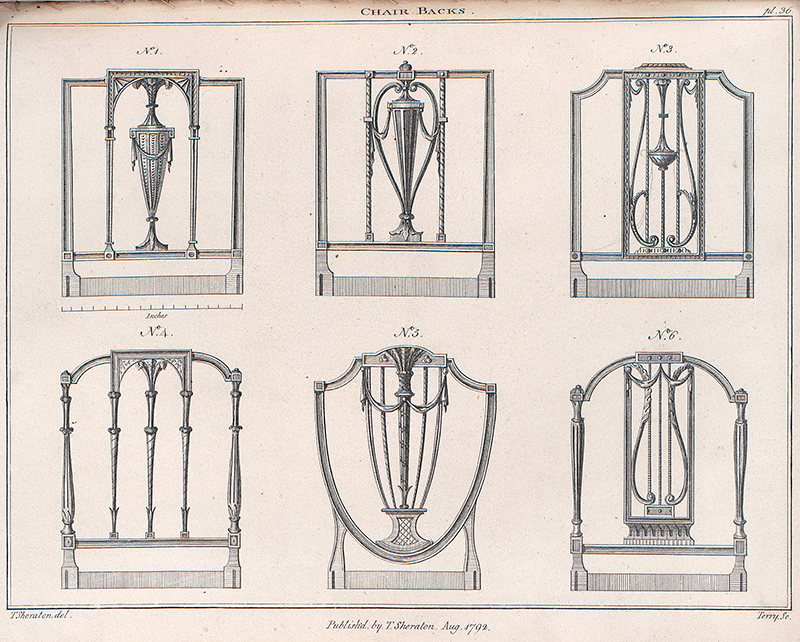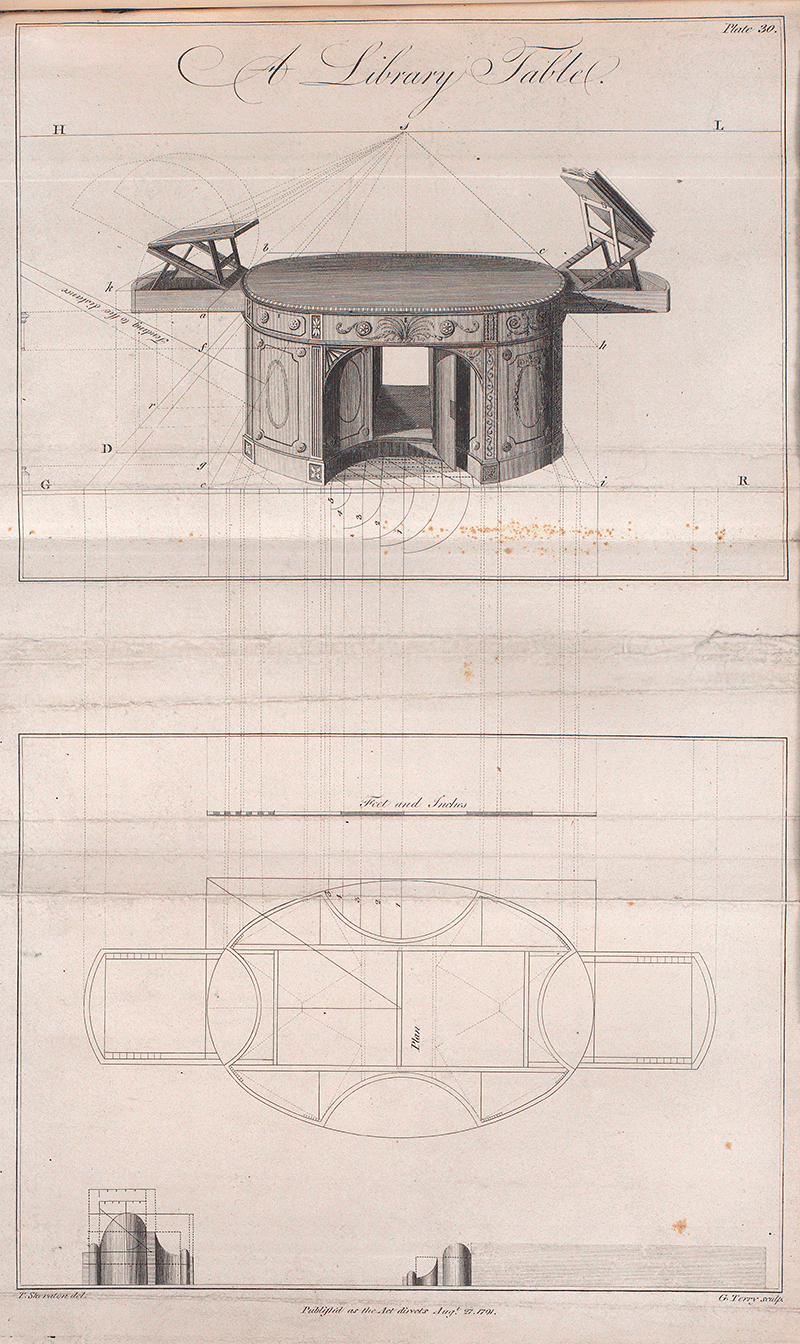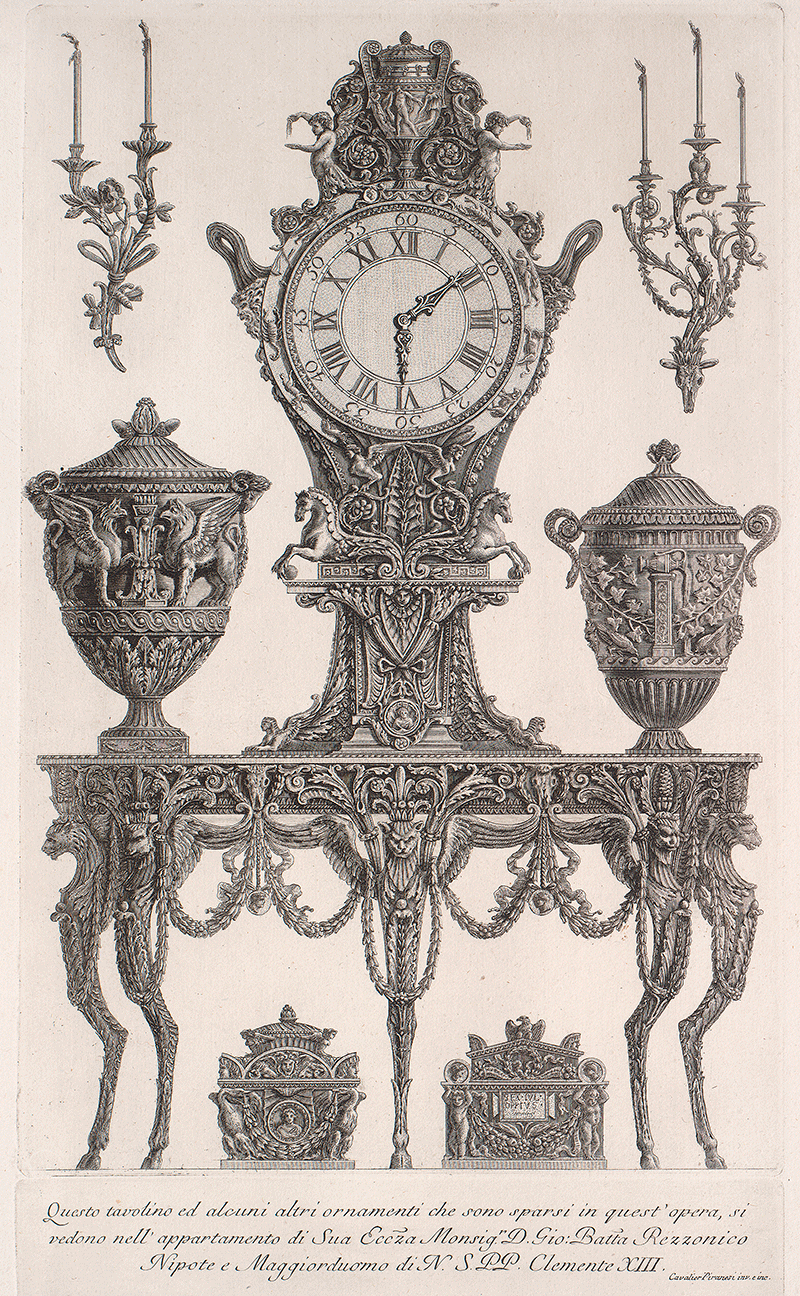Furnishings
|
-
About this Collection
Some architects are content to design buildings, and then leave the furnishing of them to their clients or professional decorators. Designers such as Thomas Sheraton published pattern books for the late 18th century furniture trade that had a wide and long lasting influence in creating and documenting fashionable styles. However, some architects also design furniture. Especially when developing a new style, architects are eager to create furnishings that conform to their concepts and complement their new ideas. Incompatible furniture and accessories can destroy the unity of an architect’s design, but the right furnishing can complete the overall concept.
Robert Adam was among the first architects to think of himself as a master designer, creating interiors that were an essential part of his clear vision of the ideal neo-classical environment. Two centuries later, modernist architects such as Mies van der Rohe and Le Corbusier created furniture that enhanced their own visions of a pure, uncluttered space.
-
Barcelona Chair, designed by Mies van der Rohe for the 1929 Barcelona Exposition
Mies van der Rohe (1886-1969) designed the German pavilion for the International Exposition held in Barcelona, Spain in 1929. The spare yet elegant lines of this chair in particular became famous, and it is still popular today as the 'Barcelona Chair'.
This photograph appears in the catalog to the 1947 exhibition on Mies at the Museum of Modern Art. This groundbreaking exhibit, curated by architect Philip Johnson, was instrumental in making Mies' reputation as a leading modernist architect and designer.
-
Chair back designs by Thomas Sheraton
Six designs for chair backs, in the Sheraton style, illustrated in The Cabinet-maker and Upholsterer's Drawing-book.
Thomas Sheraton (1751 - 1806) first published this influential directory of furniture designs in 1791. It was financed by subscribers, but instead of a 'who's who' list of the aristocracy, as is the case in the prestigious folio editions being produced at that time, these subscribers are the furniture makers and upholsterers of London and other centers of British furniture production.
Sheraton's designs are characterized by light but strong construction techniques, delicate lines, contrasting woods and neoclassical ornamentation. They were based on classical principles of proportion and perspective, which are meticulously detailed in a large portion of the book.
During the late 18th and early 19th centuries, American craftsmen freely adapted these designs, along with those of George Hepplewhite, to create furniture in what is known as Federal style.
This book was part of the original donation by Mr. Steedman.
-
Library Table designed by Thomas Sheraton
A library table, with instructions on construction and proportion, illustrated in The Cabinet-maker and Upholsterer's Drawing-book.
Thomas Sheraton (1751 - 1806) first published this influential directory of furniture designs in 1791.
Sheraton's designs are characterized by light but strong construction techniques, delicate lines, contrasting woods and neoclassical ornamentation. They were based on classical principles of proportion and perspective, which are meticulously detailed in a large portion of the book.
During the late 18th and early 19th centuries, American craftsmen freely adapted these designs, along with those of George Hepplewhite, to create furniture in what is known as Federal style.
This book was part of the original donation by Mr. Steedman.
-
Piranesi designed this table, clock, and other ornamental objects for his patron, a Papal nephew
Copperplate engraving from Giovanni Battista Piranesi's Divers Manners of Ornamenting Chimneys and All Other Parts of Houses.... of 1769.
Piranesi designed this table, clock, and other ornamental objects for his patron Cardinal Giovanni Battista Rezzonico, nephew of Pope Clement XIII.
 View Image
View Image View Image
View Image View Image
View Image View Image
View Image